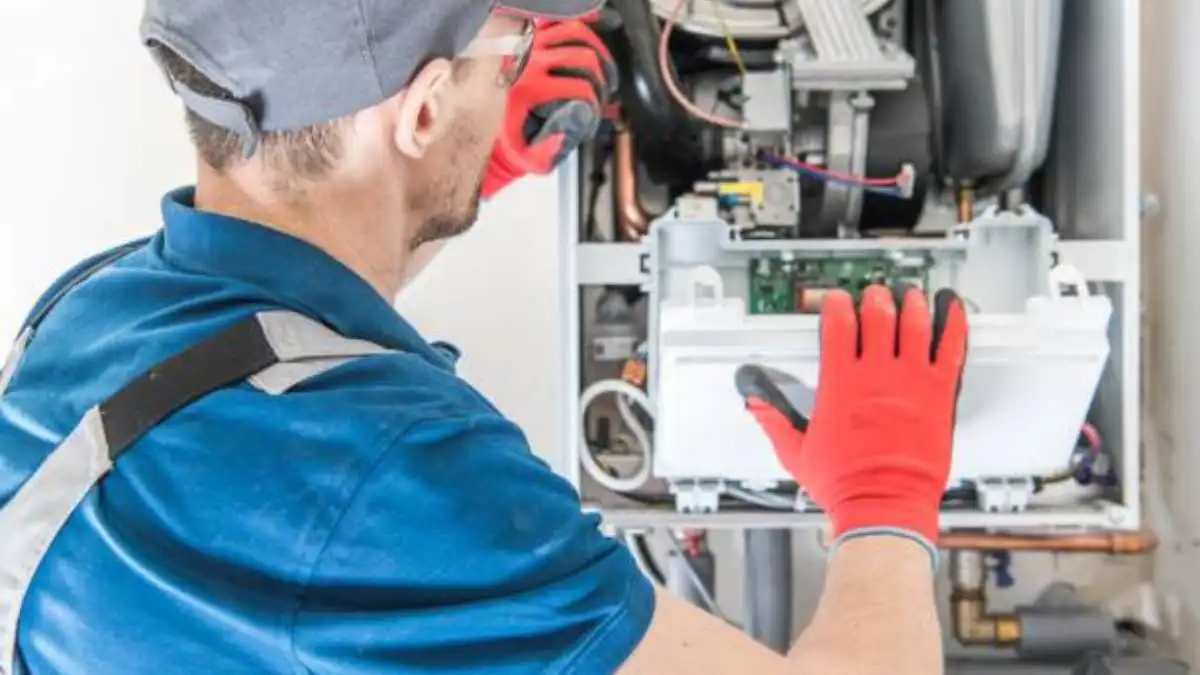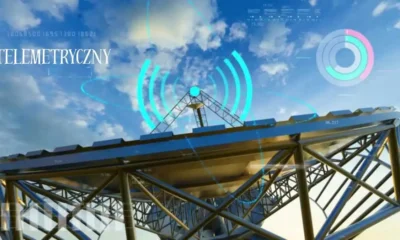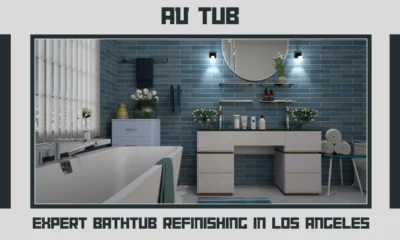SERVICES
Furnace Repair Basics: What Every Homeowner Should Know

Introduction
When winter hits, your furnace becomes the unsung hero of your home, working quietly behind the scenes to keep your family warm and safe. But like any hardworking machine, furnaces are not immune to wear and tear. Understanding the basics of furnace repair can help you catch issues early, avoid expensive breakdowns, and maintain comfort all season long.
At Prime Home HVAC, we’ve handled every furnace issue you can imagine, from minor repairs to full system overhauls. Here’s what every homeowner should know about recognizing, addressing, and preventing furnace problems.
1. How Furnaces Work (and Why Repairs Are Sometimes Necessary)
A furnace works by drawing in air, heating it through combustion (in gas systems) or electric elements (in electric units), and pushing it through your home via a blower and duct system. Over time, components like the blower motor, heat exchanger, ignition system, or thermostat can wear out—leading to the need for furnace repair.
Regular use, lack of maintenance, dirty filters, or aging parts can all contribute to unexpected failures or efficiency issues.
2. Common Signs You May Need Furnace Repair
Many homeowners ignore early warning signs until the furnace completely stops working. Stay ahead of breakdowns by watching for these red flags:
- Inconsistent temperatures throughout the home
- Strange noises, like banging, squealing, or rattling
- Unusual odors, especially burning or musty smells
- Rising energy bills without a clear reason
- Short cycling (furnace turns on and off frequently)
- Blower runs constantly, even when heat isn’t needed
- No heat at all or cold air coming from vents
If you notice any of these issues, it’s time to schedule a furnace repair with a trusted technician.
3. What Happens During a Furnace Repair Appointment
When you call Prime Home HVAC for service, our technicians follow a thorough diagnostic process to pinpoint the issue. Here’s what a typical repair visit includes:
- System inspection: We examine internal and external components for signs of wear or failure.
- Thermostat testing: A faulty thermostat can cause heating issues without touching the furnace itself.
- Airflow check: Blocked filters or ducts can cause overheating or cold zones in your home.
- Component testing: We test the ignitor, flame sensor, blower motor, and other parts.
- Safe repairs: We always use high-quality parts and follow safety protocols to ensure reliable performance.
After the issue is identified, we’ll explain the repair options clearly and offer transparent pricing—no surprises.
4. DIY Fixes vs. Professional Repairs: Know the Difference
It’s tempting to try and fix furnace problems yourself, especially with so many DIY videos out there. But here’s the reality: furnace systems involve gas lines, electricity, and delicate components that require professional handling.
Safe DIY steps include:
- Replacing your air filter
- Checking thermostat batteries
- Resetting the breaker if the furnace won’t turn on
Leave these to the pros:
- Pilot light or ignitor issues
- Electrical or gas line repairs
- Noisy blower motor or heat exchanger damage
Calling a licensed furnace repair expert ensures the problem is solved safely and doesn’t create bigger issues down the road.
5. Preventing Furnace Repairs With Routine Maintenance
Many furnace repair visits stem from problems that could have been prevented. Annual maintenance is the best way to reduce the risk of unexpected breakdowns and extend the life of your unit.
At Prime Home HVAC, we recommend:
- Scheduling a tune-up before winter starts
- Replacing filters every 1–3 months
- Keeping vents clean and unobstructed
- Having a pro inspect your furnace yearly for signs of wear or carbon monoxide risks
Regular maintenance can boost efficiency, reduce monthly heating costs, and catch small issues before they become major repairs.
Keep Your Home Warm With Prime Home HVAC
When it comes to furnace repair, timing is everything. The sooner you address small issues, the less likely you are to face a costly emergency when temperatures drop. Whether you need a quick fix, a system diagnostic, or a second opinion, the team at Prime Home HVAC is here to help with expert furnace services and unmatched customer care.
Need Furnace Repair? Let’s Get It Fixed Today.
Don’t wait until your furnace leaves you in the cold. Contact Prime Home HVAC now to schedule your furnace inspection or repair. We serve homeowners with honest advice, skilled service, and the warmth you can count on all winter long.
-

 BIOGRAPHY7 months ago
BIOGRAPHY7 months agoBehind the Scenes with Sandra Orlow: An Exclusive Interview
-

 HOME1 year ago
HOME1 year agoDiscovering Insights: A Deep Dive into the //vital-mag.net blog
-

 HOME1 year ago
HOME1 year agoSifangds in Action: Real-Life Applications and Success Stories
-

 BIOGRAPHY1 year ago
BIOGRAPHY1 year agoThe Woman Behind the Comedian: Meet Andrew Santino Wife




























